The Big Yard: Birdwatching in a Time of Quarantine
Or: The Evolution of a Lister
Day 115 of the Quarantine (July 6, 2020)
One hundred days of continuous daily posts on eBird. But not 100 birds—yet. The recent first-ever-for-the-yard (FEY), vermillion flycatcher checked in at 97.
My temperature is also 97…97 degrees F. I take it every day with a Kinsa thermometer I ordered online after hearing about it on NPR. The thermometer works with an app you download onto your smartphone and the measurements are recorded and uploaded anonymously to a central database. Almost as good as a Bill Gates’ microchip implant!
Kinsa's mission is to stop the spread of contagious illness through early detection and response. It does this by tracking and predicting infections across the U.S. in real time, every time someone uses a Kinsa thermometer and logs in the reading. This way, the company—whose data is available from their website to anyone—can stay on top of the flu season, and in this case, the coronavirus outbreak, in greater geographic detail than public health officials.
Just by mapping people’s temperatures.
Kinsa has documented spikes as much as nine days before people started testing positive for Covid-19, largely because it may take that long to see a doctor and get test results. “We get to see when someone gets sick,” says Kinsa CEO, Inder Singh, “but perhaps never enters the health care system because they don't get sick enough.”
On May 29, two weeks after Arizona reopened its economy, Kinsa showed higher than expected levels of transmission. Social distancing had been working, and the Kinsa thermometer was one of the first data sources to prove it.
“It showed that people's sacrifices at home were working,” Singh says. “People should know that they were helping to save others’ lives.”
Currently, Kinsa has exposed Arizona as a Covid hotspot.
Kinsa unleashes my inner nerd. This is community science. Like eBird and iNaturalist, two other portals I use to contribute to science by sharing my nature sightings and photographs. For example, when I started reporting on eBird the presence of brown-headed cowbirds in my yard last month, I contributed to a color-coded map of the birds’ seasonal abundance in North America. The tiny orange dot in southeast Arizona is my yard.
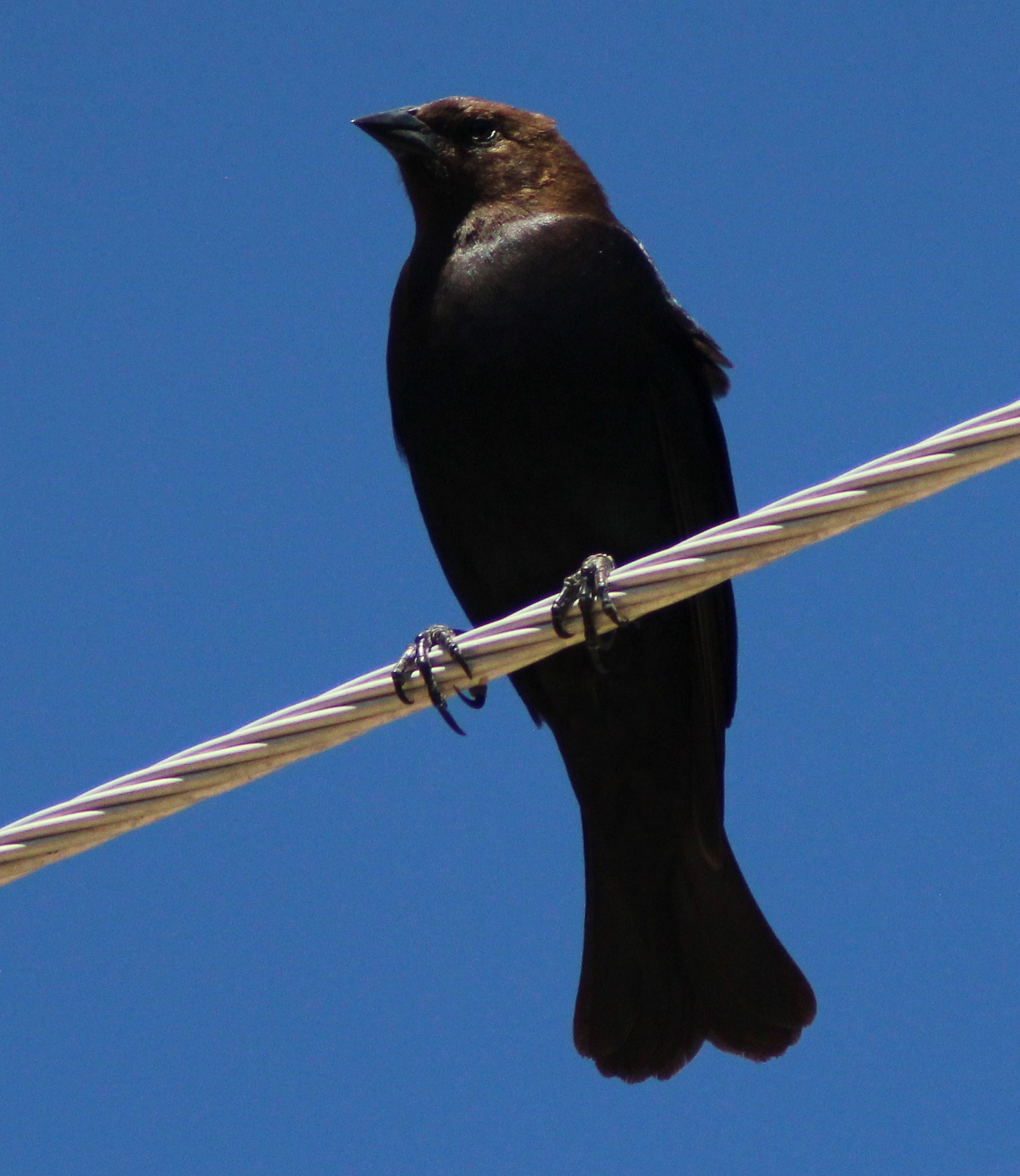
Similar to eBird but broader in scope, iNaturalist also focuses on education, research, conservation, invasive species, climate change, and biodiversity across the world. You don’t have to be an expert. When I upload from my phone a photo of an unfamiliar cactus or snake, a whole community of experts and volunteers agree on identifications. In this way, not only do I learn about the nature around me, but other researchers might use my sightings to study things like the distribution of mountain kingsnakes or red-spotted toads or the occurrence of a new bird for the Mule Mountains.
First Daughter couldn’t do her wildlife camera study on bears without the local community, volunteers who monitor the cameras, hiking miles to change batteries and flash drives, spending long hours entering data into spreadsheets.
Community science asks us to rethink how science is made: Ordinary people helping scientists take the pulse of the planet.
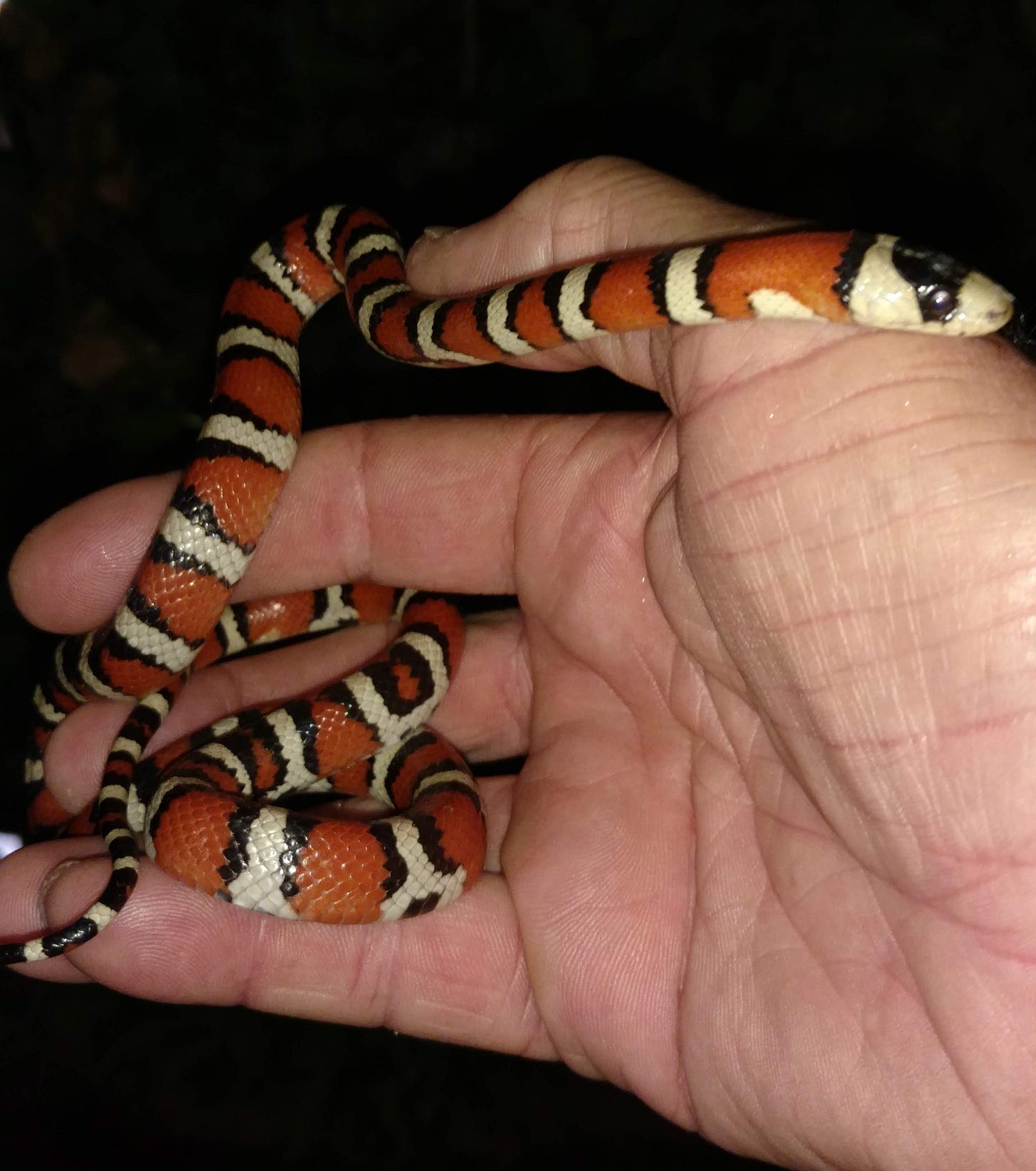
Tonight, as I write these words fever free and tucked into my home, the season’s first common poor-will begins calling, its two-note whistle curling up from the creek bottom to the open window and the measured silence at my desk. Species number 98!
It’s a sound to raise my temperature and map me like the cowbirds.
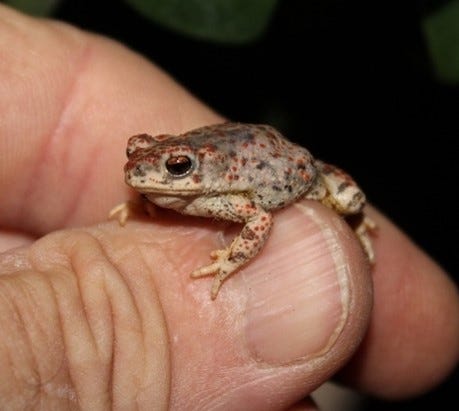
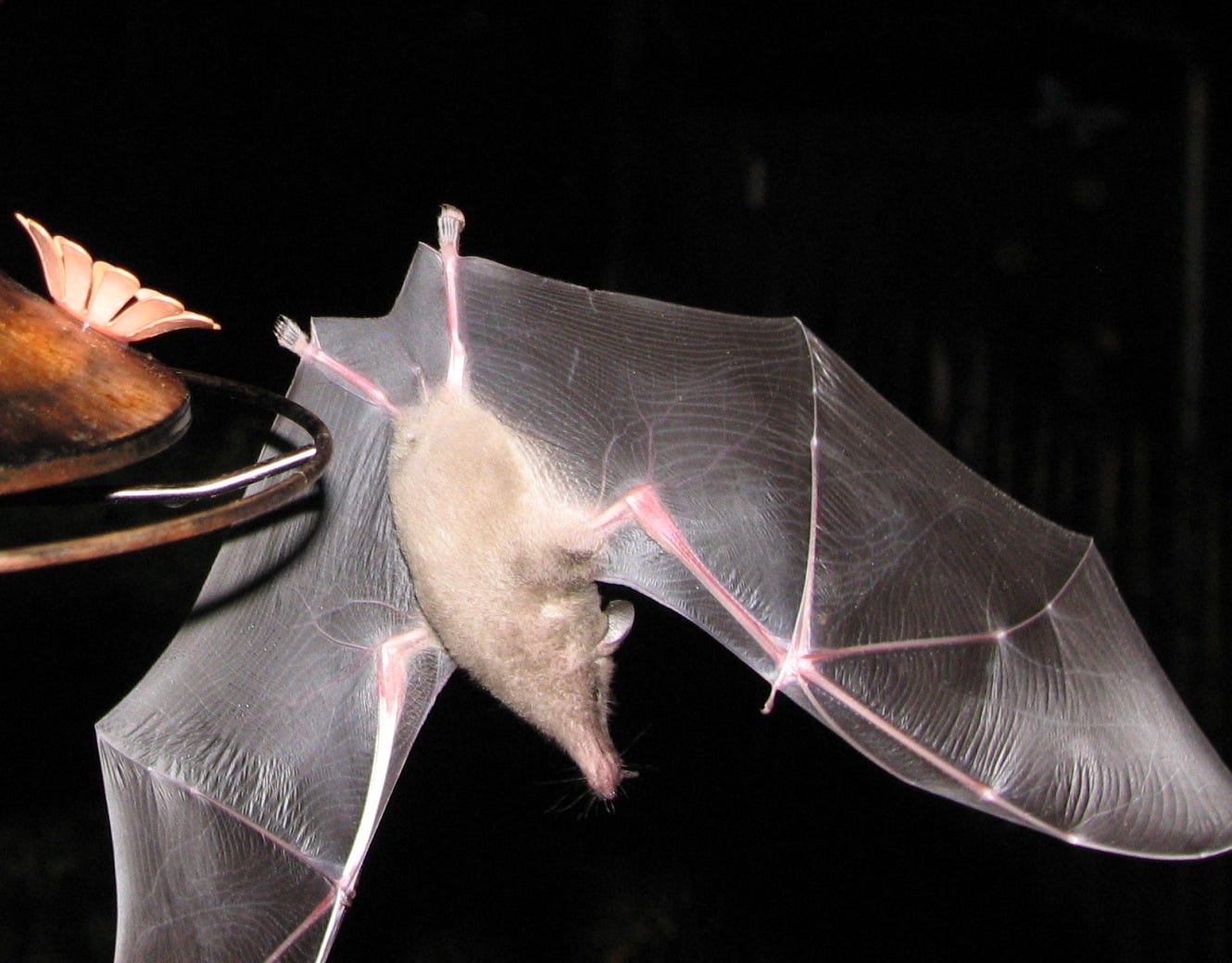
Thanks for subscribing! More to come!

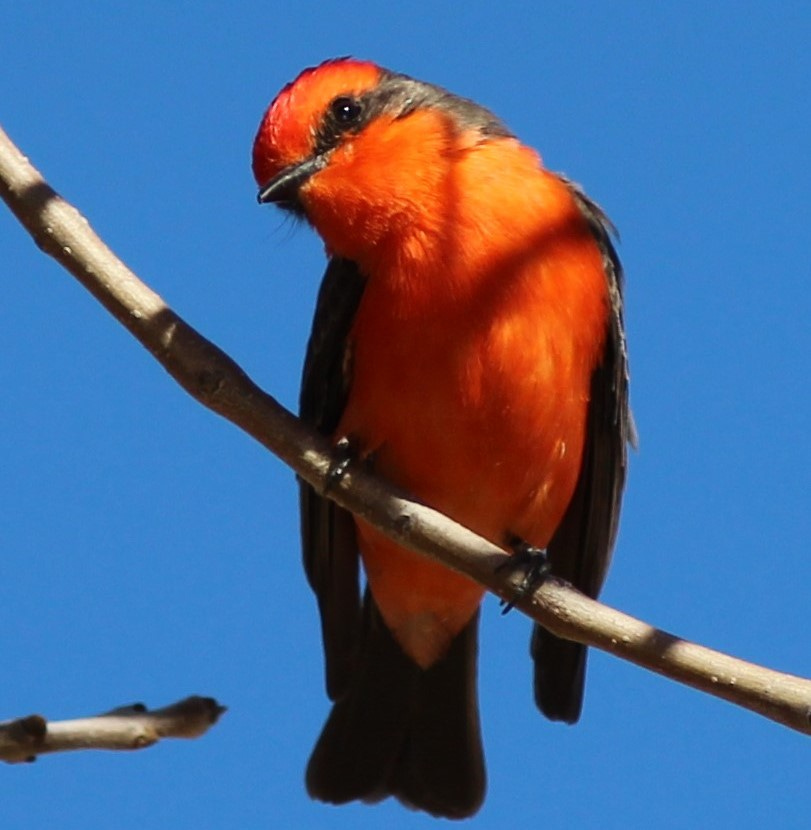
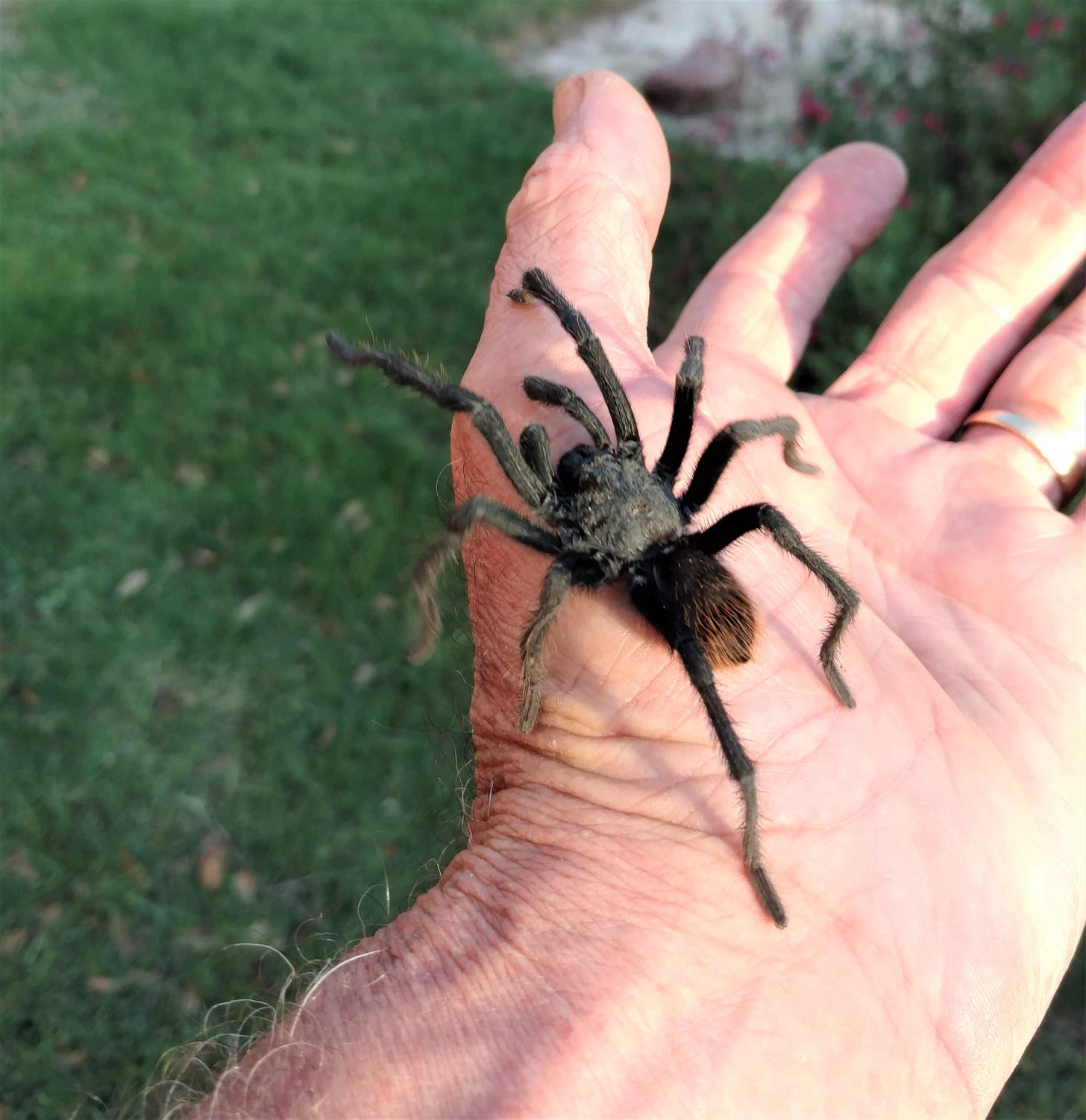
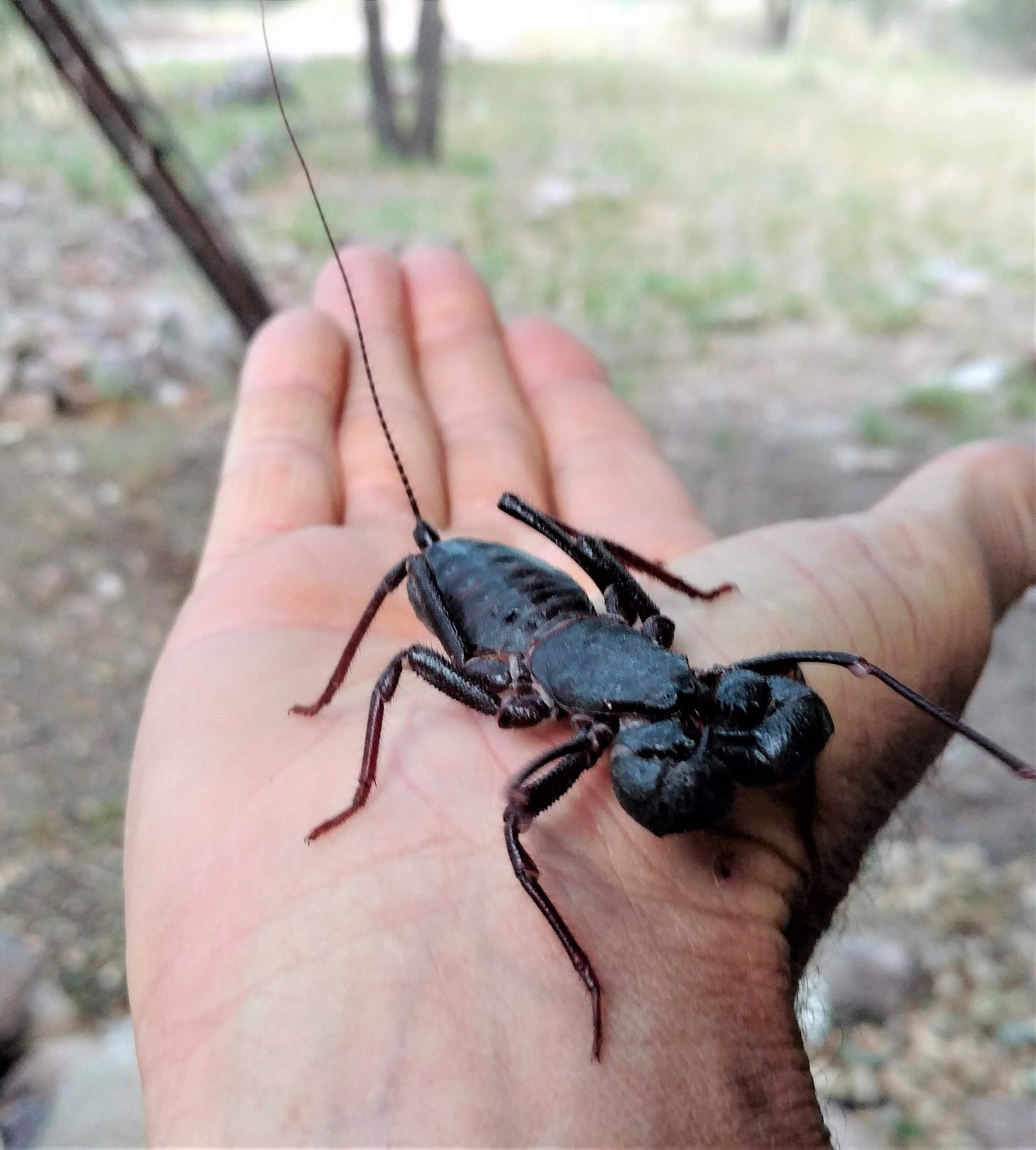
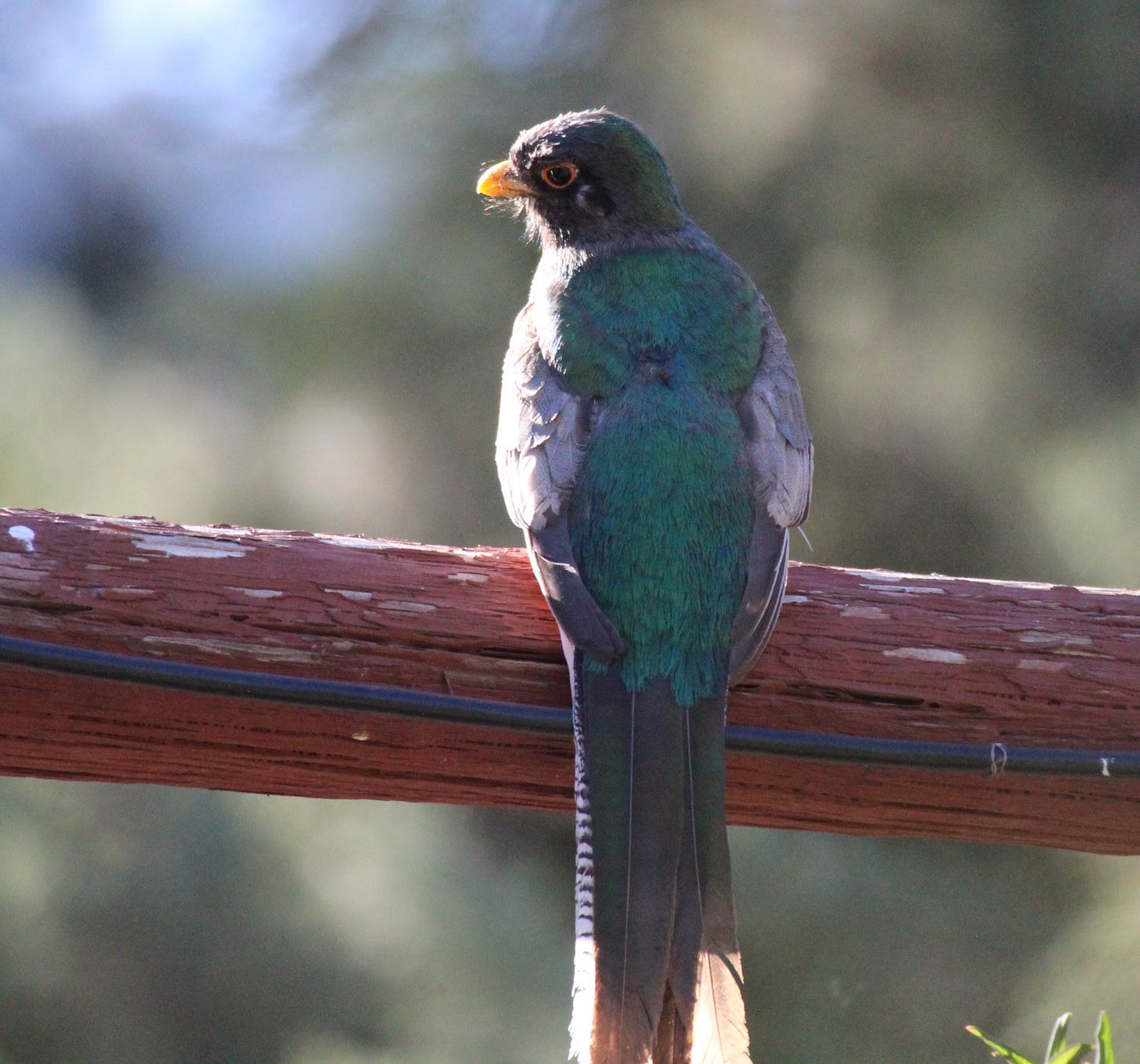
I'd not heard of Kinsa thermometers and what they can do. I love things like that--right up my alley. Maybe nerdy but contributing to science (and maybe Bill Gates?). Will look into ordering one. I've contributed to eBird for years but prefer BugGuide to iNaturalist. I've gotten too many amateur opinions on iNaturalist and few professional ones and IDs I disagree with. It has it's place though.